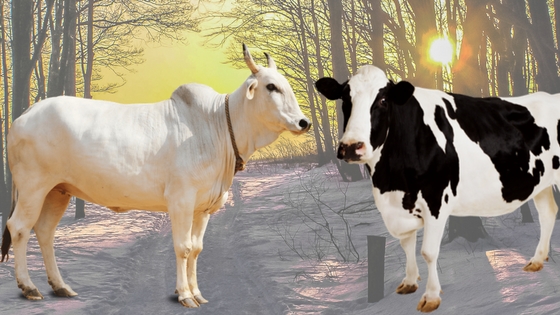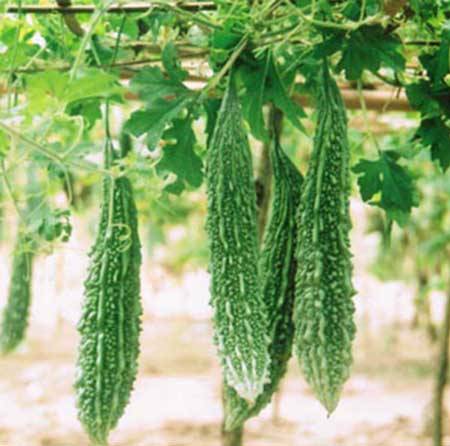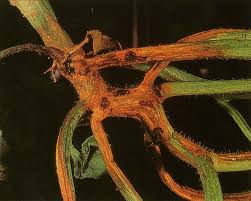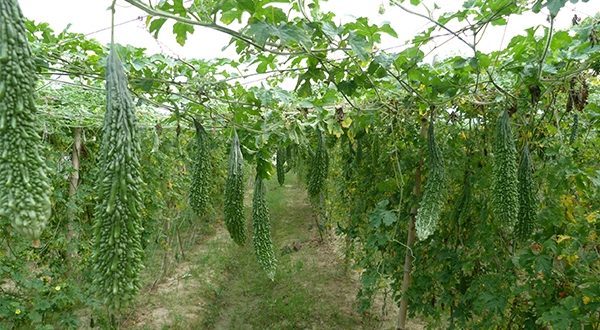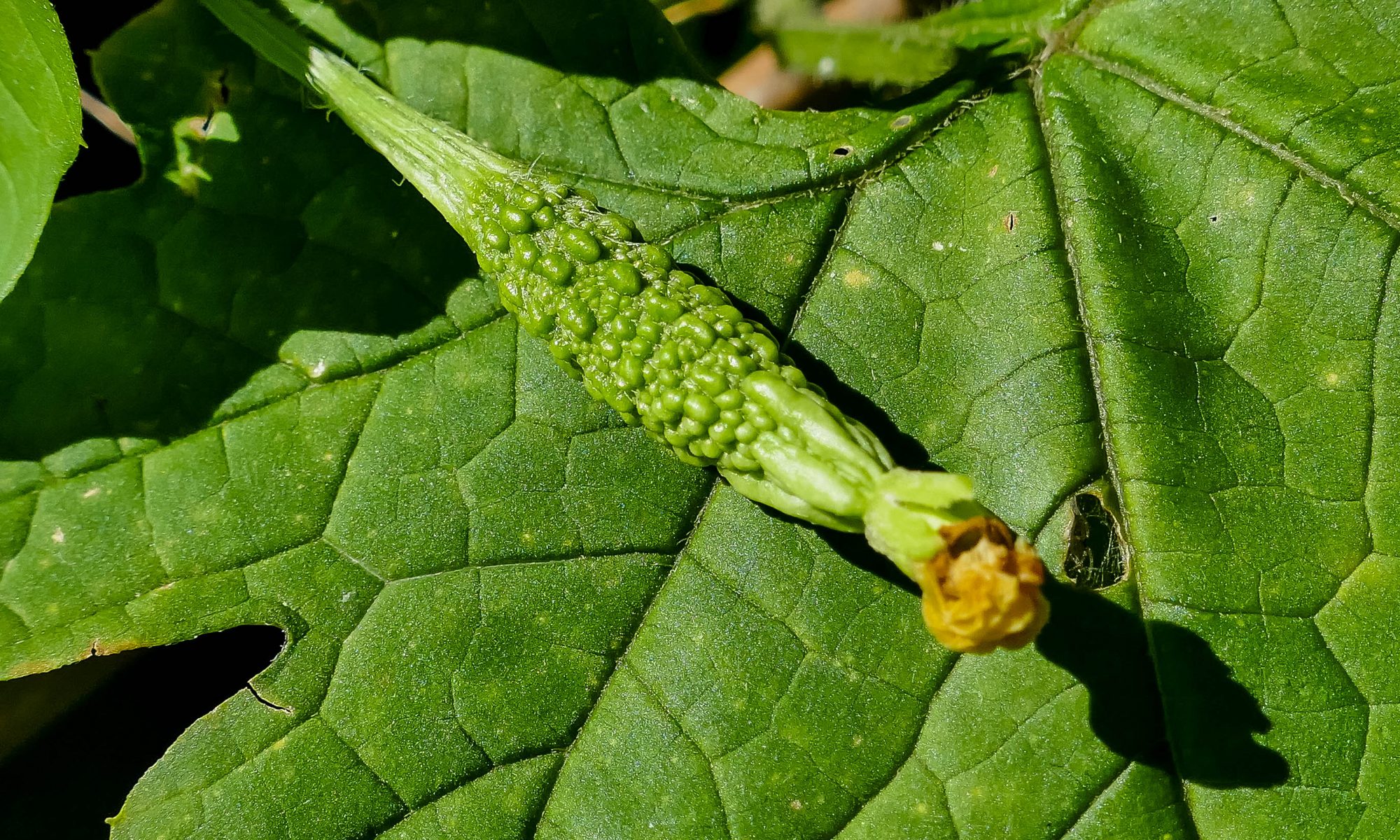- Animals are also stressed due to hot weather in summers.
- Due to high temperature, the quantity of the animal’s diet reduces and thus their behaviour starts changing.
- Some animals can even die due to heatstroke when exposed to high temperatures for a long duration.
- To prevent this, don’t keep the animals in direct sunlight for a long duration, and keep giving them water regularly.
- Maintain proper humidity and coolness in the Cattle fence/shade.
- To protect pregnant animals from milk fever, feed them with 50-60 grams of the mineral mixture every day.
21-day lockdown: Government has given special exemption to farmers
At this time, the whole world is troubled by the increasing cases of the coronavirus. In India also, the central government has imposed a 21-day nationwide lockdown amid growing infection of the virus. This means that all offices, markets, means of transport etc. will be closed in the entire country for 21 days. This news created a situation of confusion among Indian farmers. But the government has ended this confusion by giving special exemption for the farmers even in the lockdown.
Actually, the farmers have to purchase many agricultural products like fertilizer and seeds for their crops. In such a situation, if they wouldn’t have got these products due to lockdown, then they would have to face a lot of trouble. Keeping in mind these problems of the farmers, the government has announced a discount for farmers on the purchase of products like seeds and fertilizers. This means that the farmers will be able to meet their agricultural requirements easily, even during the lockdown period.
ShareHow to do soil treatment without using chemicals?
There are mainly two ways of doing soil treatment using chemicals, which are as follows:
Soil solarization– Due to strong sunlight and high temperature, summer is the best time for soil solarization. In this process, the seed-plots (seedbeds) are covered by a transparent sheet of plastic for one to two months. The edges of the plastic sheet should be covered with soil so that air cannot enter inside. This process increases the temperature inside the plastic film, which destroy the harmful pests, the spores of diseases and the seeds of some weeds present in the soil. The Soil solarization reduces soilborne diseases and pests in the seedbeds. In this way, you can reduce the pests in the soil without using any kind of chemicals.
Organic method –
In this method, the soil is treated with fungicide Trichoderma viridi (Sanjivani / Combate) and insecticide Bueveria basiana (Bave Curb). Take 8-10 tons of good rotten cow dung and mix 2 kg of Sanjivani / Combate and Bave Curb and maintain moisture in the mixture. This mixture should not get direct sunlight. So, do this process under a shade or tree. Maintain the moisture by spraying some water on the mixture whenever needed. After 4-5 days, the colour of the manure becomes light green due to the germination of the fungus. After that, the fertilizer is turned upside down so that the fungus can be contained in the bottom layer also. After 7 to 10 days, this mixture should be scattered in the field. By doing this, the harmful pests present in the land, their eggs, pupa and spores of fungi can be destroyed. The soil enrichment kit by Gramophone contains all the biological products that improve soil structure, increase the number of beneficial organisms and availability of plant nutrients, destroy harmful fungi, grow roots, increase rhizobium in roots and increase nitrogen fixation.
ShareManagement of viral diseases in Bitter Gourd
- In Bitter Gourd, viral diseases are caused by white flies and aphids.
- In this disease, irregular, light and dark green and yellow stripes or spots appear on the leaves.
- The leaves then turn, block, shrink and the veins of the leaves become dark green or light yellow.
- The plant remains small and the fruits seem to be full or fall off.
- White fly and aphid should be controlled to prevent this disease.
- Spraying of acetamiprid 20% SP @ 40g / acre and streptomycin 20g in 200 liters of water at an interval of 10-15 days to protect such insects. Or
- Spray spraying with Streptomycin 20 g + Diafenthiuron 50 WP 300 gm per acre in 200-250 liter water.
Prevention of bitter gourd from sucking pests
Sucking pests such as aphid, jassid, whitefly, mealybug can seriously damage the Bitter Gourd crop.
- Use Imidacloprid 17.8 SL 5 ml per 15 litres of water to protect against sucking pests or
- Spray Thiamethoxam 25 WG 5 g per 15 litres of water
- Insecticides should be sprayed in turn so that the insects do not produce resistance against insecticides.
- Use Bavaria Basiana 1 kg per acre through the organic medium. Or you can use it along with the above-mentioned pesticides.
It’s very important to keep pace with the changing weather
Due to the cyclone made in the Bay of Bengal, it is raining in Central India. According to the Meteorological Department, there’s a possibility of heavy rain with hail in many areas of the country. Light to moderate rains is expected in the eastern and central parts of Madhya Pradesh and North Chhattisgarh in the next 24 hours. Along with this, some areas in Sikkim, West Bengal and southern coastal Tamil Nadu could also witness scattered rains.
In view of the recent changes in the weather, farmers should take the following precautions-
- Maintain the drainage system properly in the field so that the water won’t stop for long in the field.
- During harvesting, do not keep the crops in an open area. Instead, keep it in a splash, room, warehouse or any place where rainwater can’t come.
- Once the sky gets clear, spread the gram, lentil, wheat etc. on a tirpal or plastic sheets and dry it thoroughly for 2 to 3 days so that the moisture content in the grains comes below 12%. Then store it properly.
- To protect the seeds from insects and fungus, clean the stalks, soil, leaves and weeds from the seeds and dry it thoroughly for 2-3 days in strong sunlight, and store them only when there’s just 8-10% moisture left in the seeds.
- Seed treatment with fungicide is necessary before storage, which can lead to cheap and effective control of the seed-borne disease. For this purpose, the seeds should be treated with 3 grams of thyram or captian or 2 grams of carboxin for each kilogram of seed.
- Given the change in weather, many diseases and pests can attack crops because this environment is suitable for them.
- Vegetables of Summer pumpkin group are prone to the attack of red beetle insect. If the number of these insects is high, spray Dichlorovos 76 EC @ 1 gram per litre of water.
- To control juice sucker insects like whitefly, aphid, jassids etc. in okra, spray dimethoate 30 EC @ 1-1.5 ml per liter of water.
- There is a high possibility of Thrips in Onion crop so spray Profenophos 50 EC @ 45 ml or Lambda cyhalothrin 4.9% CS @ 20 ml or Spinosed @ 10 ml or Fipronil 5 SC @ 15 liters water per acre.
- Use 0.5 ml mixture with insecticide in 15 liters of water, so that the insecticide is absorbed by the plants properly.
- Deep ploughing should be done in such time. deep ploughing leads to smooth movement of air in the soil, thereby increasing the water holding capacity in the soil and destroying harmful insect and fungal spores.
How to prevent Watermelon from collar rot
- This disease occurs due to excessive water accumulation in the field
- In this disease, dark brown-green spots are formed on the stems.
- The whole plant rot and die in the final stages.
- To prevent this disease, seeds should be treated at the rate of Carbendazim 12% + Mancozeb 64% @ 3 g/ kg seed.
- Trichoderma viride @ 1 kg + Pseudomonas fluorescens @ 1 kg make the solution in 200 litres of water and apply as root drenching or
- Drenching at 10 days intervals by making a solution of Kasugamycin 5 + Copper Oxychloride 45 45 WP or Carbendazim 3 g or Metalexyl 8% + Mancozeb 64% WP @ 500 g / acre.
How to save the Bitter Gourd crop from Anthracnose disease
- It’s a very harmful disease of Bitter gourd.
- Initially irregular yellow or brown spots start appearing on the leaves.
- In the next stages, these spots become darker and spread on the entire leaves.
- Small dark spots are produced on the fruit which then spread on the whole fruit.
- Pink spores are formed between these spots in wet weather.
- Due to this, the process of photosynthesis is interrupted and the plant growth stops completely.
- To prevent this disease, treat the seeds at the rate of Carboxin 37.5 + Thiram 37.5 @ 2.5 g / kg seed.
- Spray Mancozeb 75% WP 400 gram/acre or chlorothalonil 75% WP 300 gram/acre at 10 days intervals.
How to Manage Weed in Moong Crop?
Weed management is a very important activity in moong crop. If not managed properly, it can significantly reduce the production of the yield. These weeds compete for the nutrients, moisture, light, location etc. with the main crop and decrease its growth, yield and quality. The damage caused by weeds is more than the loss due to any other reasons like insects, pests, diseases, disease etc. The most important thing about weed management is to control the weeds at the right time. Weeds could be prevented in the following ways-
preventive method – This method includes all those activities which can prevent the entry of weeds in the field. These activities include the use of approved seeds, use of good rotten dung and compost manure, cleaning of irrigation drains, and proper cleaning of the instruments used for sowing.
Mechanical method – It is a simple and effective method for controlling weeds. It is necessary to keep the crop free from weeds between 15th to 45th day after sowing. Generally, weed management becomes more effective by doing hand weeding twice, first between 15-20 days and then within 30-35 days. However, this method requires more precautions otherwise, the roots of the plant may get damaged significantly. It also demands a lot of time and labour.
Chemical method- Weeds can also be controlled successfully through weedicides. This method saves a lot of time and also reduces the per hectare cost. But awareness is required when using these chemicals. These weeds should be used only after knowing the appropriate quantity of weed, its time, its type, the crop etc. Use 700 ml of weedicide such as pendimethalin (Stomp Extra) by mixing it in 200 litres of clean water for each acre of the farm. It should be used within 72 hours of sowing. In the standing mung bean crop, when the weeds with narrow leaves are in their 2–4th leaf stage, then use 300 ml of Cuzalophope ethyl 5 EC (Taraga Super) or Propagusalophope 10 EC (Agile) with 200 litres of clean water for each acre of the farm.
ShareManagement of Powdery mildew disease in bitter gourd
- First of all, white-grey spots start appearing on the upper part of the leaves which later grow into white coloured powder.
- This fungus draws nutrients from the plants and hinders photosynthesis, which stops the plant’s growth.
- With the growth of the disease, the infected part dries up and the leaves fall off.
- Hexaconazole 5% SC 400 ml or Thiophanate methyl 70 WP 200 ml or Azoxystrobin 23 SC with 200 to 250 litres of water for an interval of fifteen days.

